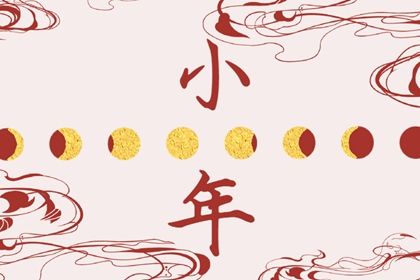
The Beauty of Biyun Pavilion
Biyun Pavilion, also known as the Azure Cloud Pavilion, is a famous cultural and historical site located in the city of Hangzhou, China. This magnificent pavilion is situated on top of Beishan Hill in the west lake area, offering a stunning view of the lake and its surrounding scenery. The name "Biyun" means "blue clouds" in Chinese, and refers to the unique color of the pavilion's roof.
The pavilion was built during the Southern Song Dynasty, in the 13th century. It was firstly constructed as a place for Emperor Gaozong to enjoy the picturesque scenery of the west lake. Later on, it was renovated and expanded several times by various emperors and local officials. The current version of the pavilion was built during the Qing Dynasty, in 1764.
Biyun Pavilion is not just a simple pavilion, it is also a cultural relic filled with legends and stories. According to legend, the famous Chinese poet Su Dongpo visited the pavilion and was so impressed by its beauty that he wrote a poem to praise it. Since then, the pavilion has been praised in many works of literature. Moreover, it is also said that there is a secret underground tunnel connecting Biyun Pavilion with the nearby Baopu Temple.
Today, Biyun Pavilion has become a popular attraction for both locals and tourists. Visitors can climb up the pavilion to enjoy the spectacular view of the lake, as well as admire the intricate design of the pavilion itself. The pavilion is surrounded by lush greenery and blooming flowers, making it a perfect spot for a leisurely stroll or a picnic.
In conclusion, Biyun Pavilion is not only a cultural and historical site, but also a symbol of the beauty and elegance of Chinese architecture. Visiting Biyun Pavilion allows people to connect with Chinese history, culture, and aesthetics, while enjoying the natural beauty of one of China's most famous landmarks.







